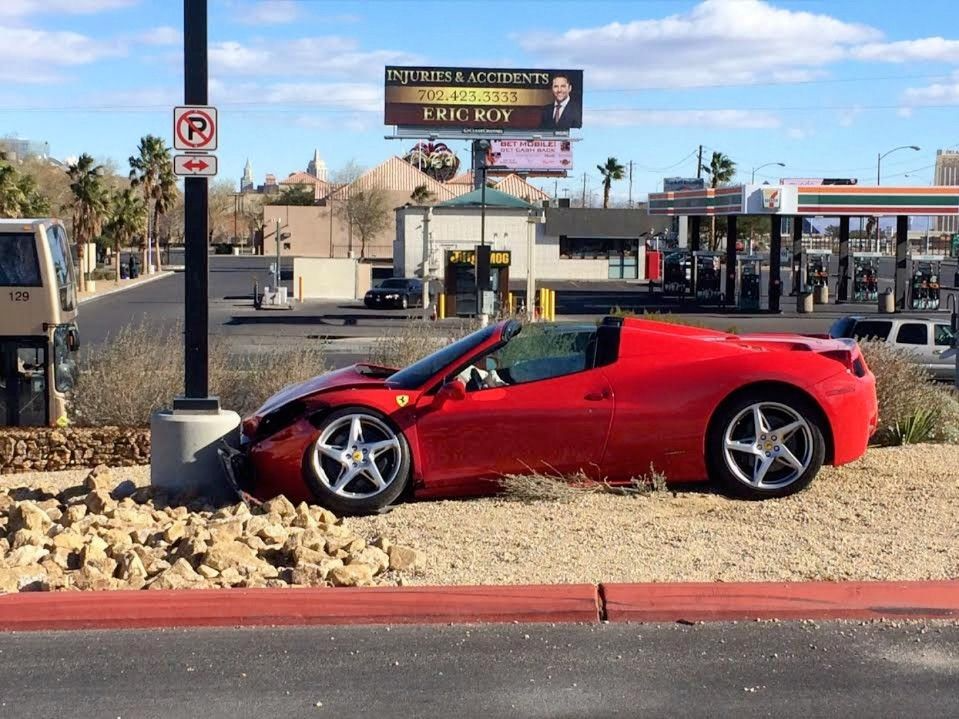Nevada Auto Insurance Rates Climb Amid Market and Regulatory Pressure
Nevada has quietly become one of the costliest states to insure a vehicle. A recent Bankrate analysis cites “hidden costs” approaching $8,300 per year as of its latest study, a figure driven largely by an 18% jump in insurance premiums over the prior 12 months.
These numbers should register as alarming signals to anyone working in underwriting, claims, risk management, or regulation. Let’s dig into what’s fueling that rise, the knock-on effects for carriers, and what strategies might help mitigate future volatility.
What’s Behind the Spike?
1. Traffic, density, and exposure
As traffic congestion rebounds toward pre-pandemic levels, the frequency of collisions has climbed. In urban hubs like Las Vegas, the combination of dense roads, heavy tourism, and high vehicle turnover increases both accident and theft exposure.
2. Claims severity is outpacing frequency
It’s not just more claims—it’s costlier ones. Repair bills have spiked amid inflation and more complex vehicle technologies (ADAS, sensors, lightweight materials). Medical and litigation costs in injury claims have moved well above the national norm. The Nevada Division of Insurance notes that rising medical costs (hospital stays, prescriptions, emergency care) plus soaring litigation severity are major upward drivers.
From the 2023 Nevada market report:
“Increasing medical cost severity … and increased litigation costs … can also exert upward pressure on loss severity.”
— Nevada DOI Market Report
3. Local factors amplify volatility
Vehicle theft rates in Nevada are higher than average, adding pressure on comprehensive coverage. Extreme heat and climate stressors (flooding, storms) lead to more non-collision claims. And broader market inflation means even parts and labor escalate faster than expected.
4. Legal culture and medical liability
Nevada’s legal environment is less forgiving than many might assume. The state has higher-than-average payouts and aggressive litigation in personal injury cases. In some instances, medical-legal costs and tort exposure for auto injury claims have become a battleground of unpredictability.
One claims market study found:
“Over two-thirds of insurance carriers report that economic factors and … higher settlement costs are driving claims costs higher, ultimately leading to increased premiums.”
— “The Carrier Perspective: 2025 Claims Insights”
Implications for the Insurance Industry
Rising premium averages may look favorable for topline growth—until loss ratios spiral or capital cushions erode. Here are key considerations for stakeholders across the value chain:
| Stakeholder | Key Impact | Strategic Response |
|---|---|---|
| Underwriters & pricing teams | Greater volatility in loss pick; trending upward risk | Incorporate more dynamic severity factors, revisit territory segmentation, stress-test with higher loss inflation assumptions |
| Claims departments | Rising “soft cost” exposure, litigation complexity | Enhance legal analytics, invest in fraud and medical-examiner capabilities, strengthen reserve adequacy |
| Actuarial / reserving | Tail risk increase, fat tail exposures | Increase margin buffers, use more scenario testing especially for injury claims, monitor severity inflation trends |
| Regulators / oversight | Public scrutiny over affordability; market stability risk | Encourage transparency, monitor carriers’ capital adequacy, assess whether rate filings capture true cost pressures |
A Few Tactical Moves (Bullet List)
-
Reframe underwriting rules to fold in newer variables (e.g. ADAS repair cost multipliers, local medical inflation indices, theft heat maps)
-
Embrace predictive analytics and AI to flag high-severity loss potential early
-
Strengthen partnerships with medical providers and legal vendors to manage cost inflation
-
Adjust thresholds for litigation escalation—triage what goes to panel vs. court
-
Monitor reinsurance cost trends and adjust retentions if needed
Pull Quotes to Watch
“The premium increases we’re seeing now are a reaction to carriers trying to recoup losses of the past years while more accurately assessing future claim risks.”
— Shannon Martin, Bankrate
“Increasing medical cost severity … and increased litigation costs … can also exert upward pressure on loss severity.”
— Nevada DOI Market Report
Looking Ahead
Nevada’s situation is a microcosm of forces playing out across many jurisdictions. If repair inflation, medical pricing, and litigious culture remain unchecked, we may see similar upward pressure in other states—particularly those with dense urban centers and climate exposure.
For insurers, the window of opportunity is now: evolve pricing architecture, shore up reserves, sharpen claims operations, and collaborate across functions to ride out what looks like a sustained era of higher auto liability costs.



